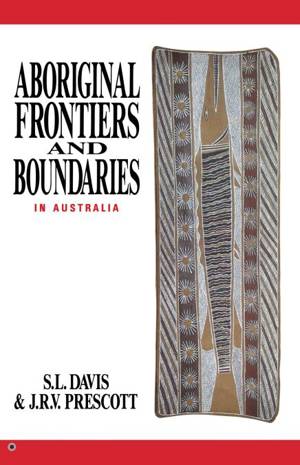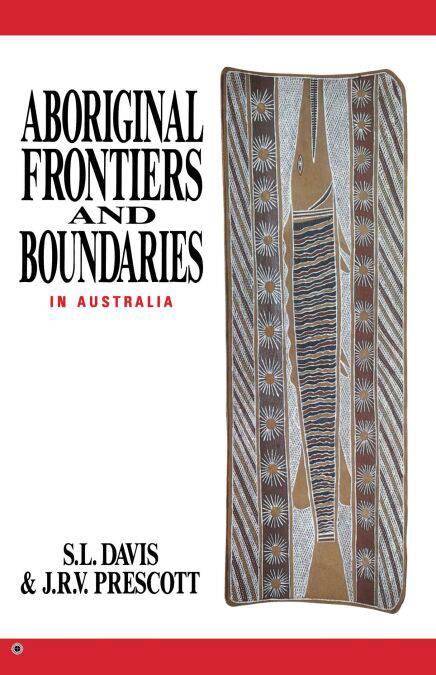
- Afhalen na 1 uur in een winkel met voorraad
- Gratis thuislevering in België vanaf € 30
- Ruim aanbod met 7 miljoen producten
- Afhalen na 1 uur in een winkel met voorraad
- Gratis thuislevering in België vanaf € 30
- Ruim aanbod met 7 miljoen producten
Zoeken
Aboriginal Frontiers And Boundaries In Australia E-BOOK
S. L. Davis, J. R. V. Prescott
E-book | Engels
€ 14,53
+ 14 punten
Uitvoering
Omschrijving
Before the coming of Europeans, Aboriginal communities lived within territories defined by complex ritual cycles of song, dance, symbol and ceremony. Knowledge of these boundaries and frontiers was in the keeping of senior custodians. In traditional communities, this continues to be the situation.
Today, white Australians belatedly acknowledge Aboriginal land rights and the special significance of sacred sites. This makes an understanding of the boundaries vital to the achievement of basic land and sea rights for Aboriginal people.
Unfortunately, over much of the continent, knowledge of boundaries has been lost or is in danger of being lost.
In this work two political geographers explore the nature of Aboriginal boundaries and their contemporary implications. In four detailed case studies they challenge many of the assumptions which have underpinned the involvement of white advisers. The result is a timely study which raises important questions about an issue of national significance.
Today, white Australians belatedly acknowledge Aboriginal land rights and the special significance of sacred sites. This makes an understanding of the boundaries vital to the achievement of basic land and sea rights for Aboriginal people.
Unfortunately, over much of the continent, knowledge of boundaries has been lost or is in danger of being lost.
In this work two political geographers explore the nature of Aboriginal boundaries and their contemporary implications. In four detailed case studies they challenge many of the assumptions which have underpinned the involvement of white advisers. The result is a timely study which raises important questions about an issue of national significance.
Specificaties
Betrokkenen
- Auteur(s):
- Uitgeverij:
Inhoud
- Aantal bladzijden:
- 184
- Taal:
- Engels
Eigenschappen
- Productcode (EAN):
- 9780522865226
- Verschijningsdatum:
- 6/09/2015
- Uitvoering:
- E-book
- Beveiligd met:
- Adobe DRM
- Formaat:
- ePub

Alleen bij Standaard Boekhandel
+ 14 punten op je klantenkaart van Standaard Boekhandel
Beoordelingen
We publiceren alleen reviews die voldoen aan de voorwaarden voor reviews. Bekijk onze voorwaarden voor reviews.











